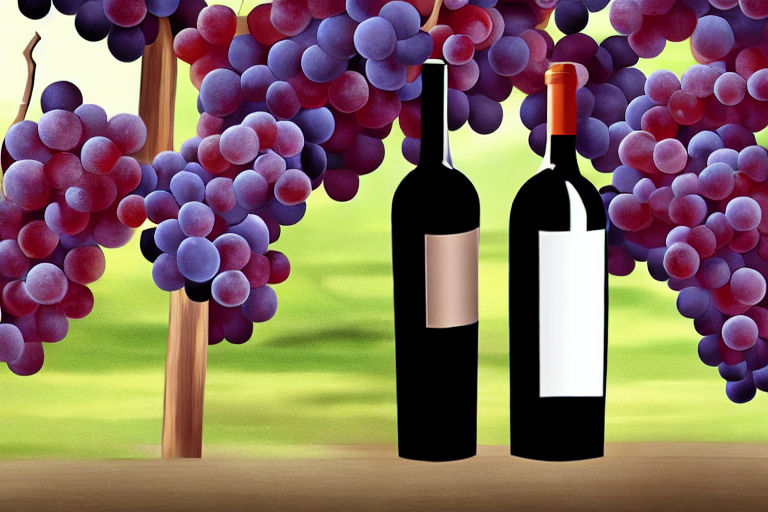From Grape to Glass: The Art of Crafting Wine and Tasting Notes You Should Know
Wine has been a part of human history for centuries. From ancient times to modern wineries, the art of crafting wine has evolved significantly. If you want to know more about winemaking, this post is for you. Here’s everything you should know about how wine goes from grape to glass and the essential tasting notes to distinguish when you try a wine.
The Winemaking Process
The process of winemaking is known as vinification. It involves several steps, including harvesting, sorting, crushing, pressing, fermenting, clarifying, aging, and bottling.
Harvesting
The first step in winemaking is harvesting the grapes. Grapes are usually harvested by hand, although some wineries use machines. The best time to harvest grapes is when they are ripe enough to produce excellent quality wine.
Sorting
Sorting the grapes is the process of separating the good grapes from the bad ones. Sorting helps winemakers get rid of mouldy, unripe, and diseased grapes. Most wineries use machines for sorting.
Crushing
After sorting, the grapes are crushed to extract the juice. Traditionally, grapes were crushed by foot, but now most wineries use machines. Crushing is the process of breaking open the grape skin to allow the juice to flow.
Fermenting
In this step, the grape juice is converted into wine through fermentation. Yeasts consume the grape sugars and produce alcohol and carbon dioxide. The temperature and length of fermentation affect the final taste and quality of the wine.
Aging
The wine is aged in oak barrels or stainless steel tanks. The type of aging vessel affects the taste of the wine. Wine that ages in oak barrels is typically more complex and has more vanilla, spice, and smoky flavors. Stainless steel-aged wine has a more fruit-forward taste.
Tasting Notes to Know
When you try a new wine, here are some essential tasting notes to keep in mind.
Acidity
The acidity of wine refers to how sour or tart it tastes. Sour wines have high acidity, while milder wines have low acidity. A wine’s acidity is essential for pairing with food and contributes to its aging potential.
Tannin
Tannins are a naturally occurring substance found in grapes’ skins, seeds, and stems. Tannins provide structure and texture to the wine and create a drying sensation in your mouth. Red wines typically have more tannins than white wines.
Body
The body of wine refers to how heavy or light it feels in your mouth. Full-bodied wines have a more significant weight and texture, while light-bodied wines have a more delicate feel.
Finish
The finish of wine refers to the taste that lingers in your mouth after you swallow. A long finish indicates a complex and high-quality wine.
Conclusion
The art of crafting wine is a complex and intensive process that involves several steps. Understanding the winemaking process and the various tasting notes will help you appreciate wine better. In conclusion, keep exploring, keep tasting, and keep learning about the art of crafting wine.



